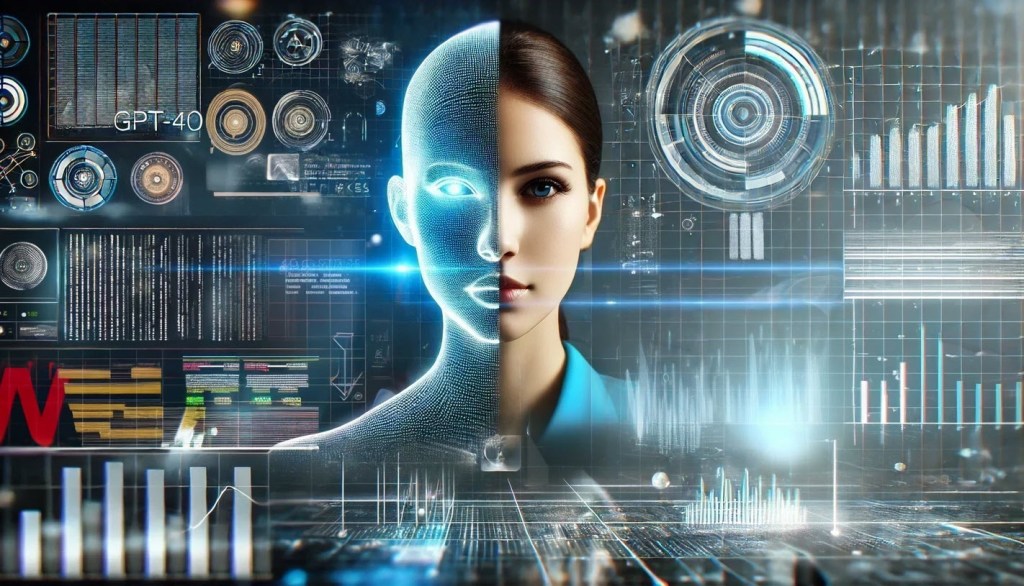Welcome to our newsletter! Stay updated with the latest industry-leading AI coverage and exclusive content by subscribing to our daily and weekly newsletters. Learn More
Deepfake incidents are on the rise in 2024, expected to increase by over 60% this year, leading to a global total of 150,000 cases or more. This surge is making AI-powered deepfake attacks the fastest-growing form of adversarial AI today. According to Deloitte, deepfake attacks are projected to cause over $40 billion in damages by 2027, with banking and financial services as the primary targets.
The use of AI-generated voice and video fabrications is blurring the distinction between reality and deception, eroding trust in institutions and governments. The prevalence of deepfake tradecraft in nation-state cyberwarfare organizations has elevated it to a mature attack tactic in constant engagement between cyberwar nations.
Srinivas Mukkamala, Chief Product Officer at Ivanti, highlighted the impact of AI advancements like Generative AI and deepfakes on elections, turning misinformation into sophisticated tools of deception.
CEOs and senior executives are increasingly wary of deepfakes, with 62% foreseeing operational costs and complexities due to deepfakes in the next three years. Gartner predicts that AI-generated deepfake attacks will lead to a lack of trust in face biometrics for identity verification in 30% of enterprises by 2026.
Recent research by Ivanti revealed that more than half of office workers are unaware of AI’s ability to impersonate voices, posing a significant concern for upcoming elections.
The U.S. Intelligence Community’s 2024 threat assessment highlights Russia’s use of AI for deepfakes, targeting individuals in war zones and unstable political environments. The Department of Homeland Security has issued a guide on the Increasing Threats of Deepfake Identities.
Discovering GPT-4o’s Approach to Detecting Deepfakes
OpenAI’s latest model, GPT-4o, is engineered to combat the escalating deepfake threats. Described as an “autoregressive omni model” that can process text, audio, image, and video inputs, GPT-4o employs specific voices and an output classifier to identify deviations from the norm.
GPT-4o’s design decisions focus on identifying potential deepfake multimodal content, with extensive red team testing to ensure its effectiveness in distinguishing between legitimate and fabricated content.
The table below outlines how GPT-4o’s features aid in detecting and preventing audio and video deepfakes.

Key Features of GPT-4o for Detecting and Preventing Deepfakes
GPT-4o’s capabilities include:
Generative Adversarial Networks (GANs) Detection: GPT-4o can identify synthetic content by pinpointing imperceptible discrepancies in the content generation process that even GANs struggle to replicate.

Voice Authentication and Output Classifiers: GPT-4o’s architecture includes a voice authentication filter that cross-references generated voices with a database of approved voices, shutting down unauthorized patterns immediately.
Multimodal Cross-Validation: GPT-4o validates text, audio, and video inputs in real time, flagging any inconsistencies between them to detect AI-generated deepfakes effectively.
The Rise of Deepfake Attacks on CEOs
CEO-targeted deepfake attacks are on the rise, showcasing the sophistication of attackers. Instances like a deepfake scam involving the CEO of the world’s largest ad firm and a Zoom call with multiple deepfake identities, including the CFO, demonstrate the evolving threat landscape.
In a recent Tech News Briefing, CrowdStrike CEO George Kurtz discussed the role of AI in cybersecurity defense, highlighting the challenges posed by deepfake technologies in influencing narratives and actions.
Ensuring Trust and Security in the AI Era
OpenAI’s emphasis on deepfake detection and trust in digital interactions sets the tone for future AI models. Christophe Van de Weyer, CEO of Telesign, underscores the importance of prioritizing trust and security in the digital realm.
As AI continues to play a vital role in business and governance, models like GPT-4o become essential for securing systems and safeguarding digital interactions. Maintaining a skeptical approach towards information and critically evaluating its authenticity remains crucial in combating the proliferation of deepfakes.

